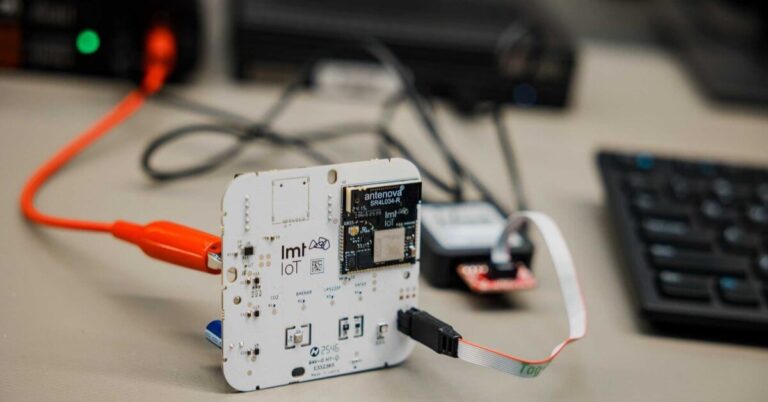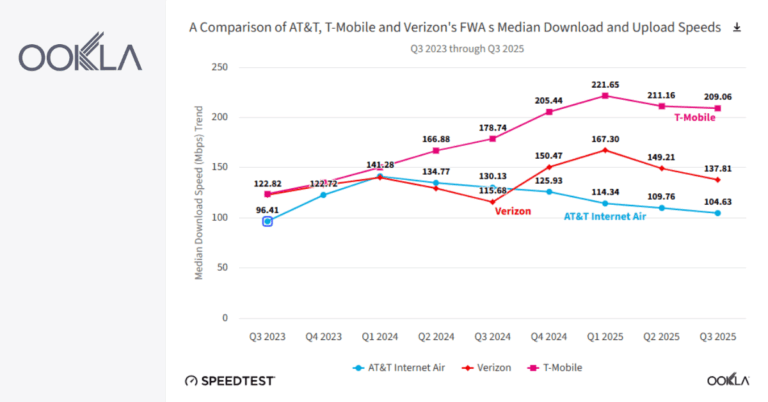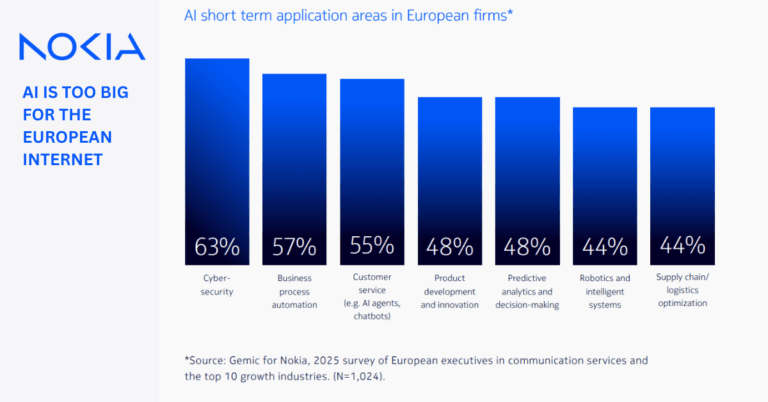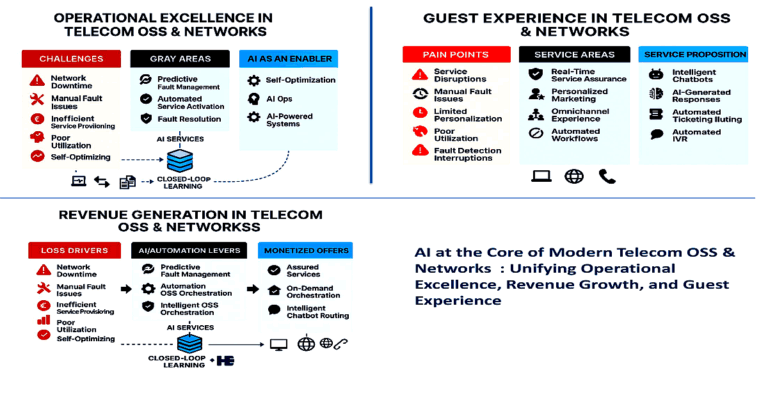The U.S. Department of Defense has tapped Verizon to install and maintain a private 5G network located in an aircraft maintenance hangar at a joint military base in Hawaii.
The Tranche 2 contract award given to Verizon is worth $11.5 million. On the network constructed under the award, personnel stationed at Joint Base Pearl Harbor Hickham (JBPHH) will be able to utilize high-speed, high-bandwidth, and low-latency 5G benefits, the New York City-based company said Thursday.
“Verizon Public Sector is proud of its partnership with the U.S. Armed Forces and excited about the digital transformation work already underway in a selected test area at Joint Base Pearl Harbor Hickam,” said Maggie Hallbach, senior vice president for Public Sector at Verizon.
Hallbach is referencing the company’s construction and implementation of a commercial 5G UW mmwave tower at JBPHH that began a few months back. Verizon has also been involved in 5G network installations for clients such as Virginia International Seaports, who contracted Verizon Business to build a 5G Ultra Wideband network in July.
For the 5G work at JBPHH, Verizon is set to team with Ericsson, leveraging the Ericsson Private 5G platform and its attendant core and radio access network features.
The technological upgrade is seen as a potential way to boost mission effectiveness for the base. Specifically, aircraft maintenance staff members are planning to use the network, in conjunction with the UW mmwave tower, to deploy foreign object detection technology as well as various airplane maintenance programs and a variety of user equipment devices. Testing these tools on 5G at JBPHH will be viewed as a trial run for expanding the capability to other bases.







































